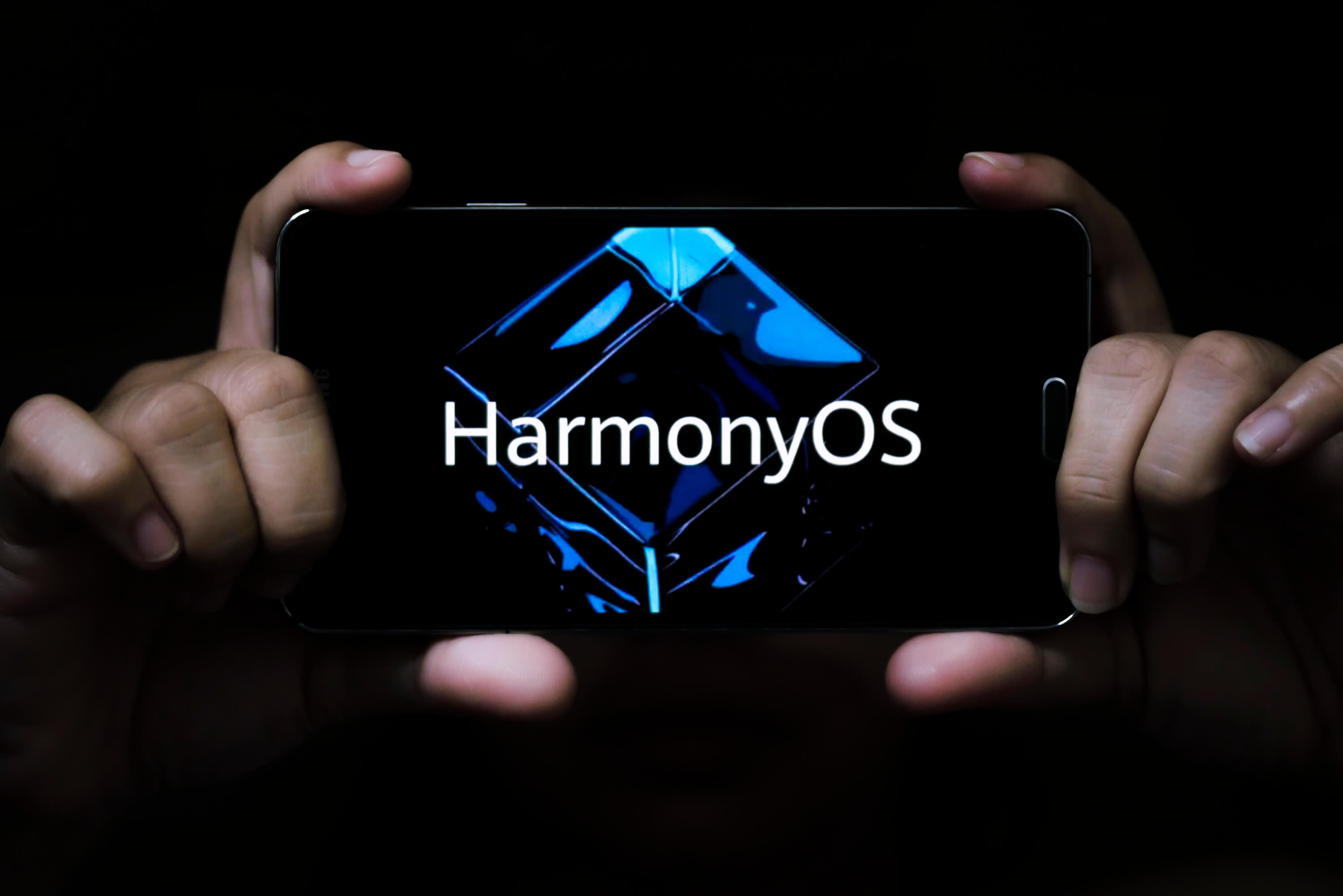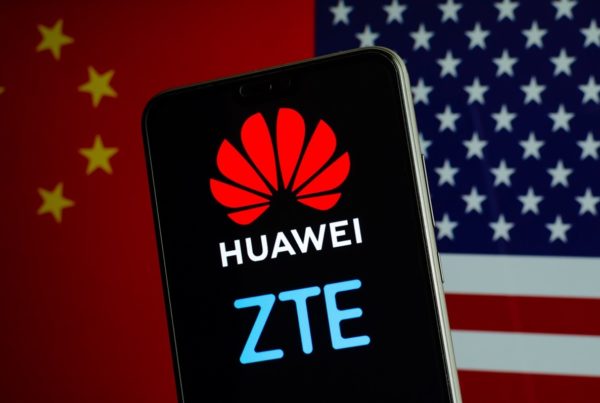The new open-source operating system of the Chinese tech giant Huawei is on a launching pad toward the commercialization of the first smart devices.
The question that everybody has recently asked is: “What impact will HarmonyOS have on the market and, above all, is this a clear consequence of the BAN the US Government imposed on one of the biggest mobile device’s manufacturers in the world?”
Let’s make a digression first on the events that led to HarmonyOS presentation on the 9th of August 2019.
The “Huawei BAN”
The US government of Donald Trump has imposed a BAN on Huawei to block the establishment of commercial relations with American companies, including Google, citing reasons linked to the protection of the sensitive data and to the possibility that the national security of one of the most powerful nations in the world should have been compromised; these reasons seem plausible but, in reality, they hide protectionist interests and the purpose, never openly declared by the Trump administration, of maintaining the market dominant position of the American technology in Telco & Mobile Industry.
The action against Huawei, and its implementation through the BAN, determined, for the Chinese giant, enormous economic damages and, above all, a loss of image in terms of brand reliability and device’s market share, which suffered a dramatic fall in global sales volumes.
Just to give some examples: in the United Kingdom mobile phone operators like EE and Vodafone stopped purchasing Huawei’s 5G smartphones for fear that they could not guarantee all services and, in Italy, one of the first European countries for Huawei smartphone sales, we have seen, in recent months, a collapse in sales volumes of the Huawei devices.
The strategy of the American Government, that caused serious difficulties for the Chinese multinational on a global level, aimed at discouraging global consumers from purchasing Huawei devices which, having no more Android support in terms of licenses and upgrades, would become obsolete in a market that constantly changes and evolves, led Huawei to run for cover “accelerating” the process of developing alternative solutions which have been put in Huawei’s sights for some time.
The back-up plan.
In 2012, at Huawei’s headquarters in Shenzhen, the top management decided to start developing a new operating system that should have been considered an alternative or, at least, an “open” platform able to inter-operate with the OSs already on the market in the mobile environment (iOS, Android), and not only. Huawei intended to achieve the goal of making its own devices, and the applications installed therein, currently strictly dependent on the operating system, independent from a specific platform/device through the use of a cross-platform capable of managing the same application/program on different devices, even with different platforms, seamlessly.
And this is it HarmonyOS, an “open” platform which, based on Microkernel, will allow users a unique and transparent experience between different operating systems and devices in the era where interconnection is fundamental and functional to the growth and development of knowledge, technology and fluidity in communications.
Huawei, on August 9th, announced that, by the end of the year, version 1.0 will be launched on the Chinese market and raise awareness among developers to help and support this project by making the “open source” platform available to them so that a flourishing eco-system can then become a reference one at a global level.
Dongguan, Guangdong, China, Friday 9 August 2019 – Official presentation of Harmony OS
The debut of HarmonyOS took place during the Huawei Developer Conference, held in Dongguan on August 9th.
George Zhao, president of HONOR, a Huawei smartphone brand, presents HONOR Vision during the conference. It was the first smart screen in the world equipped with the new open-source operating system HarmonyOS.
During the conference, HarmonyOS was not presented as the alternative to Android but, very cleverly, as a platform capable of inter-operating with multiple devices, and not only mobile devices, based on different operating systems.
In fact, as of today, Huawei’s attitude towards Android, used in its smartphones, is not one of breaking relationships with Google/Android, but, on the contrary, of integration and co-existence while not hiding the target, in the short term, of having the new system run even Android applications.
What will change at the level of UX (User eXperience).
The Chinese operating system will be used on the first smartphones starting from the end of this year on an experimental basis and then, gradually, introduced on all Huawei mobile devices within the next 3 years. It will also be available on tablets and personal computers in order to make inter-operability between different devices and platforms as smooth and effective as possible. And not only. HarmonyOS will be applied on smartwatch, automobiles, robotics, home automation, allowing us to interact at 360 ° with the devices that are part of our technological eco-system.
HarmonyOS was conceived with a totally different logic and concept compared to Android and iOS. It is based on the Microkernel and it is compatible with all devices. In fact, other Chinese smartphone manufacturers are testing this operating system on their devices, including Xiaomi, Vivo and Oppo.
As stated by Yu Chengdong, CEO of Huawei’s Consumer business group, thanks to the HarmonyOS architecture, developers can more efficiently create apps suitable for running on multiple hw devices/platforms, in order to create a real eco-system in which all end users will be able to operate.
Strengths of the new operating system.
HarmonyOS is an open-source platform based on Microkernel that provides simple and basic servers that operate above the hardware level, with the aim of separating the implementation of the basic services, apps or other functionalities, from the structures of the operating system, the contrary to how much today, instead, still happens.
For this reason, when developing an app, or a specific device functionality, today developers must absolutely operate according to the operating system of the device itself, with HarmonyOS, this will no longer be necessary.
By making this open-source platform available to developers, they will only develop the apps once, focusing only on the logic of the app and not on how to implement it technically and distribute it on different devices with different OSs.
The strengths of HarmonyOS that makes it innovative and of great interest for the market, are reported below:
- Homogeneity
- Fluency
- Security
- Transparency
It is Homogeneous because the developers will have to develop the apps focusing on their logic, regardless of the operating system and the device on which they will be used. The apps will be developed in a more simple and efficient way so that they can operate seamlessly on different devices with different platforms.
It is Fluid because it considerably increases the performance capabilities of the devices on which it will operate thanks to an “intelligent” management of task execution priorities whose management priority is determined by concentrating the available resources on those with the highest execution priority; all this will determine a lower latency of the apps compared to what happens today.
It is Safer because the Microkernel on which HarmonyOS is based uses much less code and therefore it considerably reduces the chances of success of an external attacks thanks to its Trusted Execution Environment (TEE) that redesigns the security concept from the base using advanced security features and low latency.
It is more Transparent because, thanks to the Huawei Ark compiler, the developers will be able to develop using a wide range of programming languages on the same Unified environment, making development transparent and independent from device to device.
Conclusions
In the era of globalization, what needs to be done is to cooperate and make technological innovations shared outside political, commercial and, why not, ideological barriers for the purpose that everyone benefits from them globally.
To date, obstructionist policies aimed at safeguarding national interests, or large industrial/financial groups, will end up creating “wars” where everyone is going to lose.
The “case” of the Huawei BAN is a clear example: Huawei has long been studying an innovative solution associated with creating a cross-platform that would make developers independent from the “close-boxes” imposed by Google, Apple, Windows, etc …; Trump’s BAN has done nothing but accelerate the development process of what was, however, already started some time ago with the possible consequences and damages that this will entail on the one hand, in the near future, to those who caused them and to companies that was intended, perhaps, to protect, on the other hand, in the immediate future, towards Huawei!
We can therefore state with some confidence that the BAN, the “cause”, has produced the “effect” to anticipate the introduction, even if still not very invasive, of a new operating system/platform towards which all the world of Mobile & Telco Industry is watching with great attention.
Giuseppe Mura
CEO
LUBEA s.r.l.






